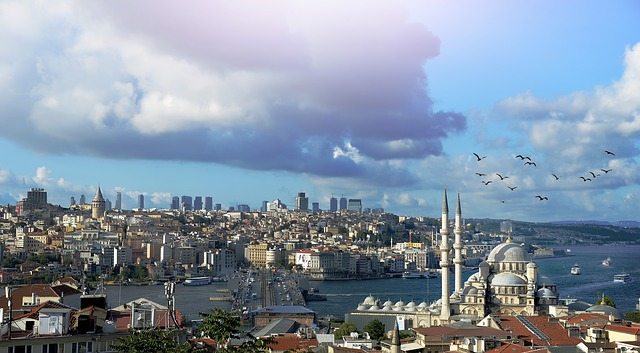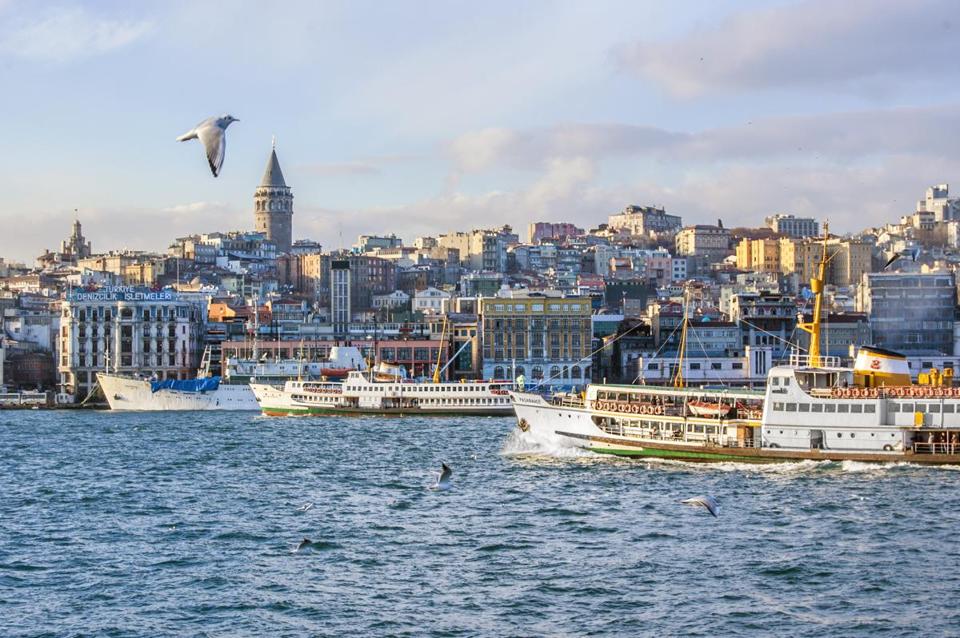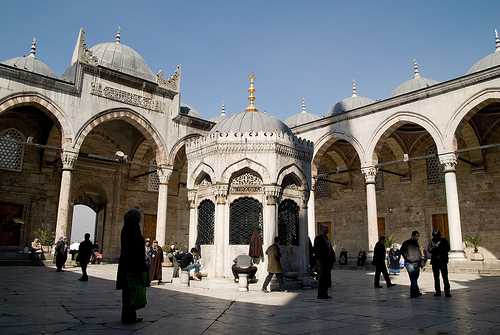Eugene Costello
Travel writer
Istanbul is a city of constancy and contrast – at once historic and cutting-edge contemporary.
It is the world’s only city to straddle two continents: the Thracian side dipping Turkey’s big toe in Europe while the rest of the city, and indeed the country, bathes luxuriously in Asia.
If your time here is short and you have to choose, I’d go for the European side. This is where you’ll find the Old Town – Sultanahmet – whose treasures recall the city’s place at the centre of the Byzantine empire and as a repository of Ottoman power.
It also reflects the modern, secular, republican country envisaged by the father of modern Turkey.
Mustafa Kemal
Ataturk – or Mustafa Kemal to give him his birth name – was a soldier, strategist, thinker, philosopher, ideologue, politician and father figure to a raft of adopted children, as well as figuratively to the entire nation.
It’s hard to think of an equivalent 20th Century political figure who inspires such enduring reverence and adulation among his people, regardless of class, gender or religion.
It is Ataturk’s legacy that in modern-day Turkey, mosques and muezzin rub along harmoniously with cappuccino bars, cocktail lounges and clubs. Old matriarchs in headscarves and hijabs shove up to share tram seats with girls wearing miniskirts and make-up.
The secularist Ataturk is seen by many as an early pioneer of female emancipation and women’s rights. One of his adopted children was Sabiha Gokcen – the world’s first female combat pilot and the first recorded Turkish aviatrix, after whom Istanbul’s second airport is named.
Changing times
Istanbul’s pace of change is astonishing. I first visited the city at the end of a month backpacking around Turkey with a girlfriend in 1988, and my memory is of a city that felt very eastern. We stayed in budget hostels in the Old Town and ate and drank in local bars and restaurants for prices that seemed – even to students, as we were – ludicrously cheap.
The hostels are thinner on the ground now, and cost a fair bit more than they did then, even allowing for inflation. ‘Local’ hangouts in the Old Town have been supplanted by tourist traps, with waiters promising ‘special price’.
That said, hedonists, epicureans and gourmets will find plenty to savour here in the stylish bars and restaurants that have sprung up to cater for Istanbul’s cosmopolitan new breed.
They are shaping a city that competes with anything else you might find throughout Europe, to which Istanbul looks without forgetting its Asian roots. How could it, with muezzin calling the faithful to prayer through loudspeakers several times a day?
Istanbul is a heady, intoxicating brew of the hip and the historic, bewitching and bewildering in equal measure.
I hope that you fall in love with it, just as I have done.
For more Information, see http://news.bbc.co.uk/2/hi/programmes/real_cities/9048443.stm .






